Searching for Our Next ISHI Student Ambassador

Are you a student pursuing a degree in forensic science? Are you passionate about sharing your research with future generations? Can you “hashtag this” quicker than you can pipette? Would you like to win free registration for ISHI 32 in Orlando? If so, we invite you to apply to become an ISHI Student Ambassador. […]
Identifying the Oldest Doe Using Forensic Genetic Genealogy: Henry Joseph Loveless
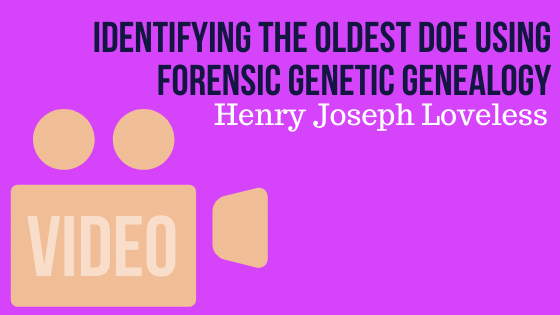
In the summer of 1979, a family was searching for artifacts in Buffalo Cave, a dark lava tube outside of the small and remote town of Dubois, Idaho. Approximately 200 feet from the opening of the cave, the family discovered a burlap sack containing a mummified, clothed, and dismembered headless torso. In early spring of […]
The Ancestry of the Ecuadorian “Mestiza” Population in Light of Informative Markers of Ancestry, Mitochondrial DNA and STRs of Sex Chromosomes
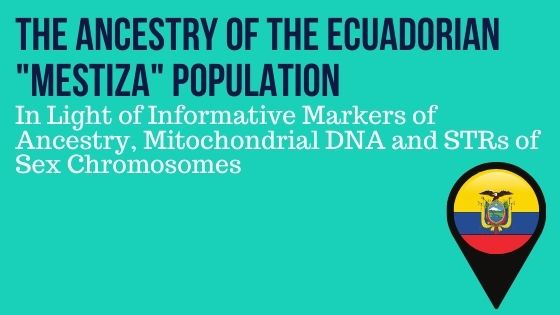
The Ecuadorian population is the result of a complex mix of three different origins: indigenous peoples, European and Afro-Americans. The mestizos comprise 71.9% of the inhabitants, according to the last census of the country, and are predominantly descendants of the mixture of Spanish men and native women, during Spanish colonization. With this work it was […]
GITAD: 20 Years of Experience in Quality Testing

In his presentation during the GCLAITH meeting during ISHI 31, Prof. Dr. Juan Carlos Alvarez (Laboratorio de Identificación Genética – Universidad de Granada) discussed the 20 years of accumulated experience that the interlaboratory exercise carried out by the Ibero-American Group of Work in DNA Analysis (GITAD) in most of the Latin American countries, Spain, and […]
The Missing Piece: A New Video Series Focusing on the People Behind Forensic Genetic Genealogy Successes
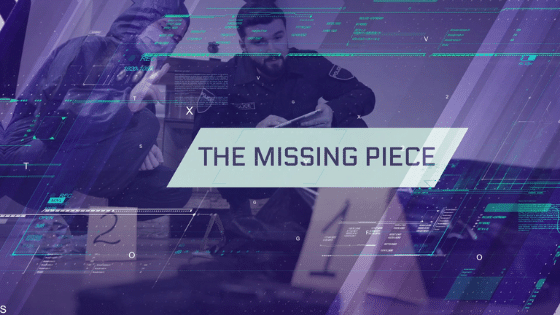
Carla Walker. Christine Jessop. Siobhan McGuinness. For years, these victims were listed on cold case files in law enforcement evidence boxes. While never forgotten, limitations in forensic science prevented their cases from being closed. Families waited decades for answers and justice while their killers remained unidentified. To generate leads in criminal cases investigators […]
Using LIMS Technology (Laboratory information management system) to Obtain High Quality Nucleic Acid Samples

Latin America today is one of the centers of the global health crisis caused by COVID-19, and Brazil is considered the epicenter of the pandemic in Latin America. As of July, 1,545,458 cases and 63,295 deaths have been reported. Despite the large number of cases, only 15,668 tests for COVID- 19 have been performed per […]
Maximizing DNA Yield from Fired Cartridge Casings

Crimes involving guns have become increasingly prevalent in our society and investigative techniques for solving these crimes have been limited due to several factors. One factor is that the evidence left behind is commonly comprised of spent cartridge casings or stray bullets. These items are typically analyzed with firearms comparisons since DNA analysis has not […]
Investigative Genetic Genealogy and Criminalistics – What is the Future?
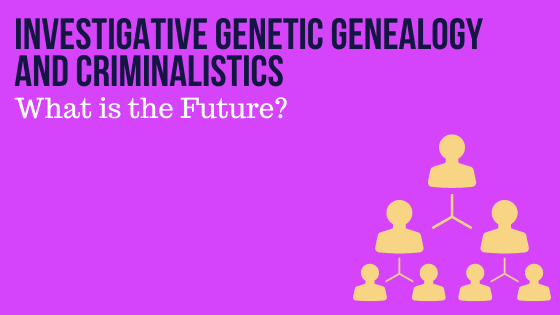
Investigative Genetic Genealogy (IGG) has been amazing in solving both cold and recent cases and for exonerating the innocent. Each day, another once-thought-to-be-intractable case is solved using this new-to-forensics means of human identification. We live in exciting times for forensic identification! Despite, or because of, this success, the use of genetic genealogical data for forensic […]
Determining the Size of the D18S51 Long Alleles Observed in the Costa Rican Population using Commercial Genotyping Kits with STRs
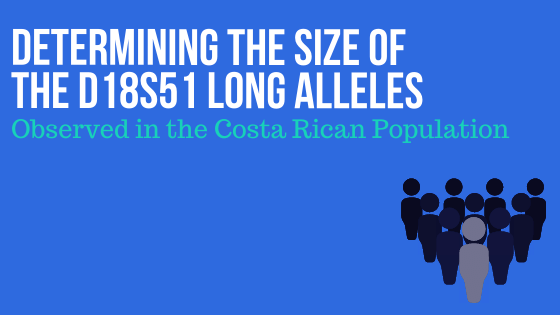
As previously reported, the Costa Rican population exhibits long alleles (not included in commercial allelic ladders) at the STR D18S51 locus, ranging from 28 to 40 Repetitions. These alleles were described using the PowerPlex®16 and AmpFLSTR™ Identifiler™. With the arrival of new commercial kits, it is necessary to identify these long alleles in D18S51 […]

